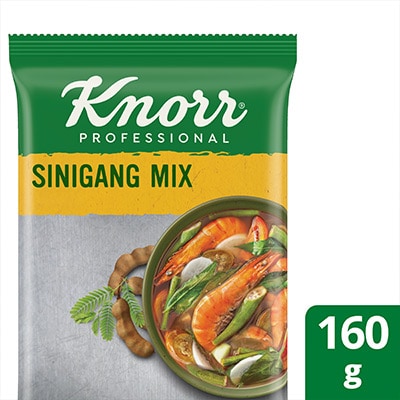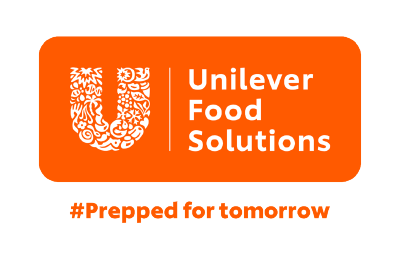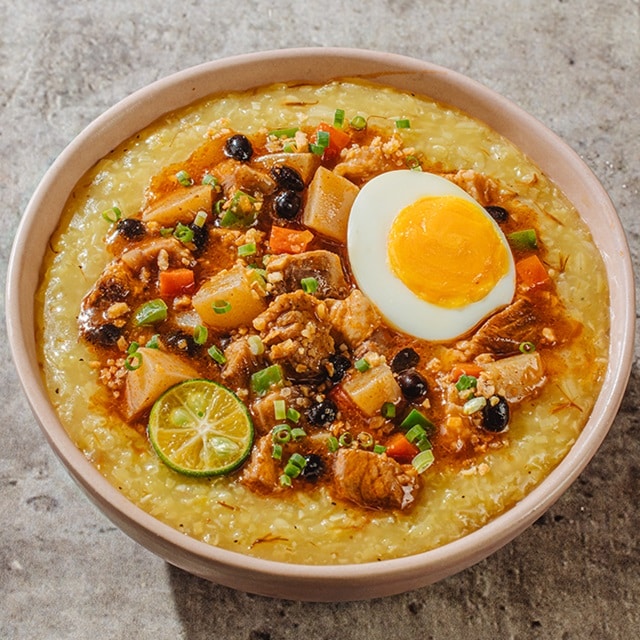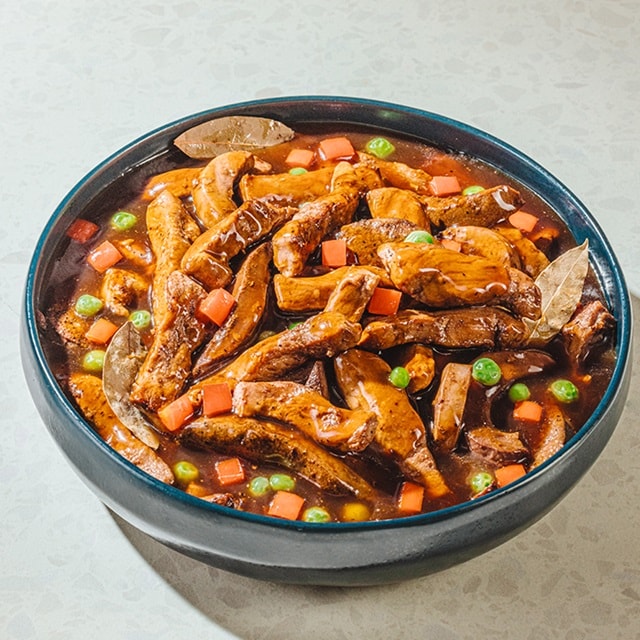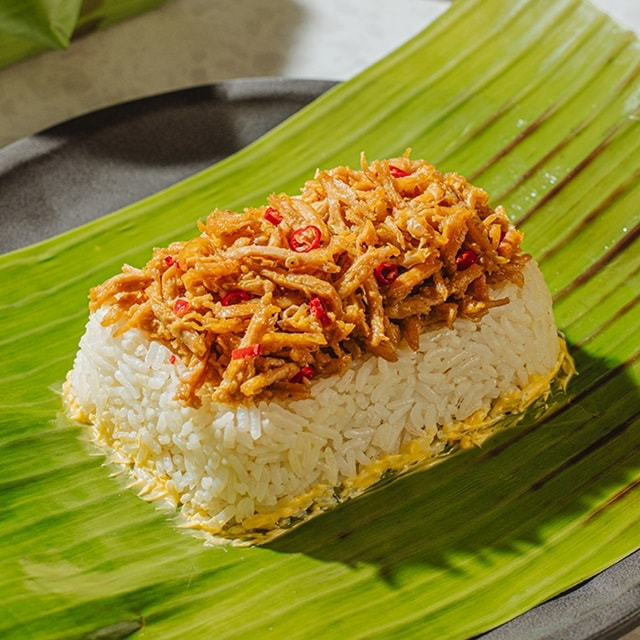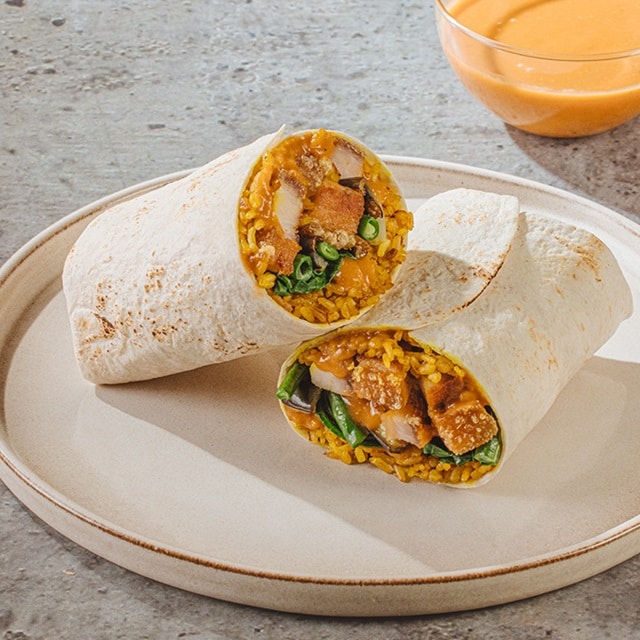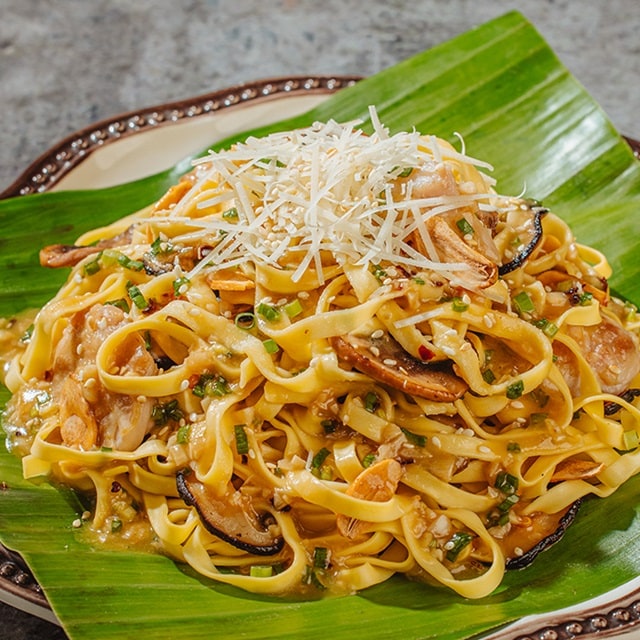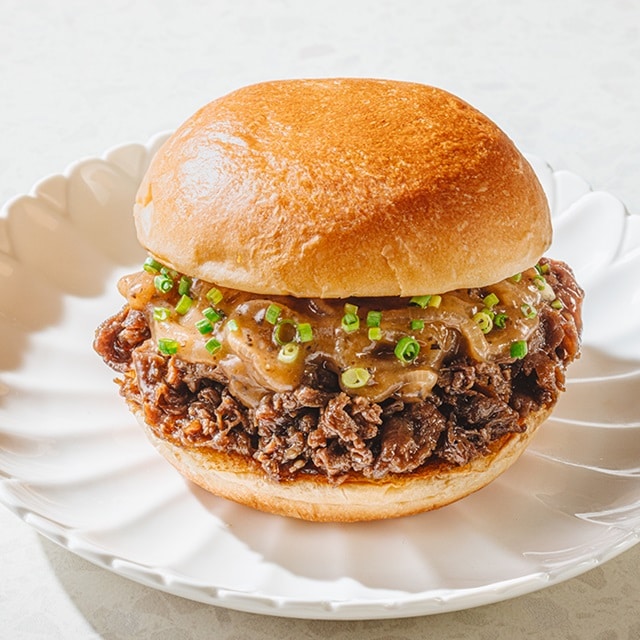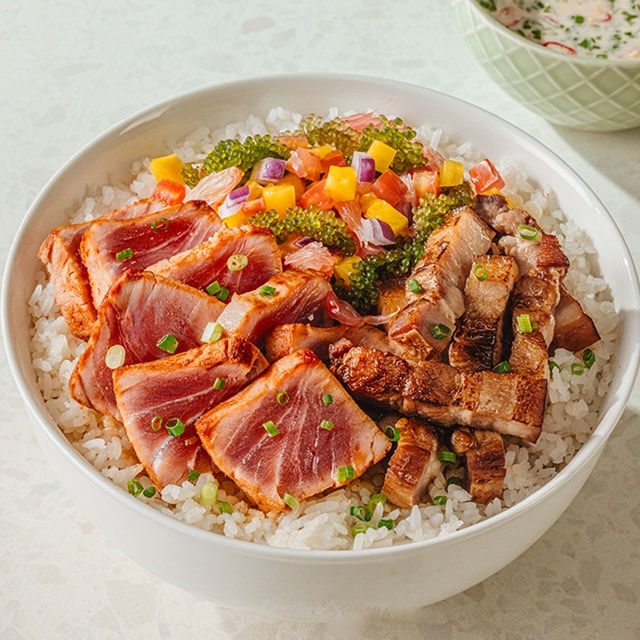The competition to thrive in the Philippines’ food and beverage industry is at an all-time high. There's no room for settling if you want to stay afloat. So, to keep your edge, you must track the latest food trends, understand their impact, and seamlessly adapt them to your business.
Looking for insights into the concepts shaping the culinary world in 2025? Want to know what the latest food trend is? Unilever Food Solutions’ comprehensive guide covers the global forces and technological advancements driving change. Discover the top food concepts you need to embrace now, along with practical strategies to tackle the industry's biggest challenges and protect your bottom line.
Global Forces Reshaping the Culinary World
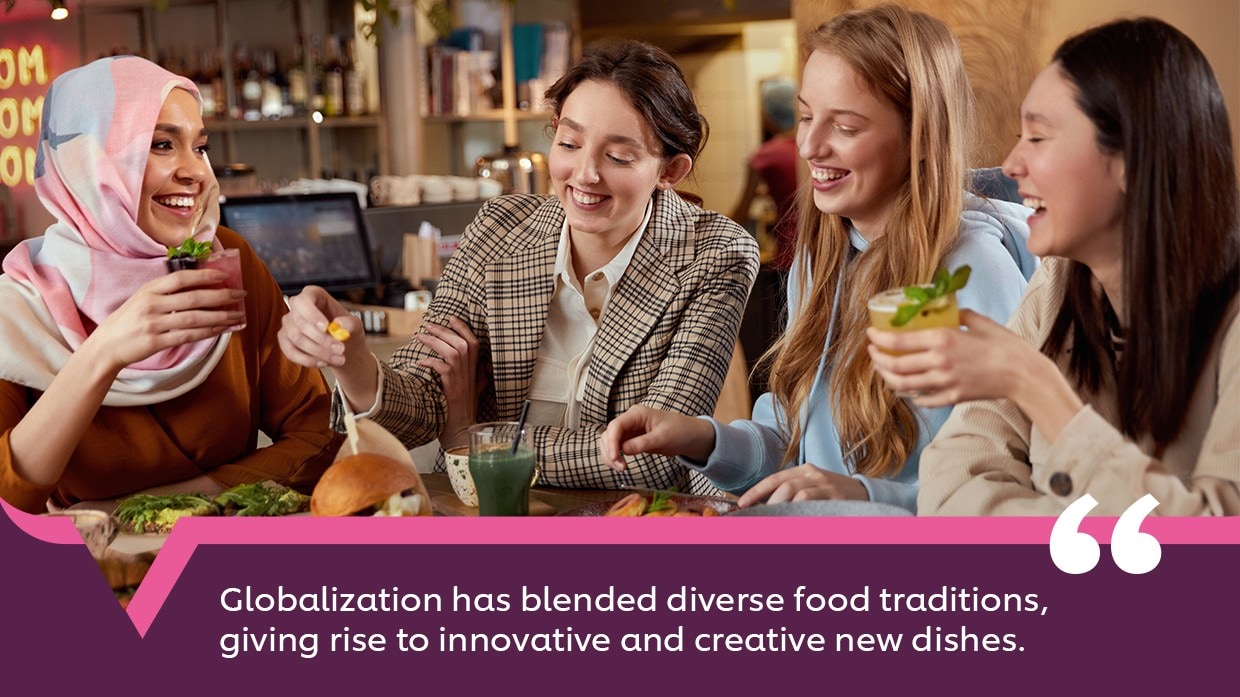
Before diving deep into the trending food in the Philippines for 2025, step back and examine the various forces affecting all businesses. These macro factors should guide the development of new F&B concepts and improvements in existing operations.
The rise of Gen Z
Gen Z now accounts for 30% of the population and is a driving force in food trends. Valuing authenticity and innovation and breaking away from traditional norms, this generation seeks deeper meaning in what they consume.
In many regions, Gen Z outspends older generations on dining and takeout, with 64% dining out weekly or more. However, as they are just beginning their financial independence, value for money is crucial.
Population changes and migration patterns
Recent migration trends, driven by conflicts, economic instability, and climate crises, have caused millions to relocate. These migrations introduce new culinary traditions, enriching local food scenes with diverse flavors and techniques.
Geopolitics
Conflicts and food scarcity are also reshaping food availability and pricing, pushing the industry towards local sourcing and creative solutions. Supply chain disruptions force chefs to innovate, adapting menus and sourcing locally to manage ingredient shortages and rising costs.
High cost of living
Economic pressures are reshaping consumer spending habits across all generations. The cost-of-living crisis has led consumers to seek greater value, with 36% planning to buy more affordable private-label products. Despite this, there is still a desire for accessible indulgences.
Sustainability
Environmental concerns challenge food establishments to adopt eco-friendly practices, from sourcing to waste management. The industry's challenge is to align operations with sustainability goals amid growing ecological issues.
Health and wellbeing
The focus on nutritious, balanced menu options remains a top priority for diners, who increasingly seek meals that promote overall wellness.
Technology
Technology is driving business transformation and growth at lightning speed, reshaping every aspect of operations. This involves reimagining business practices to thrive in the digital era:
- AI and analytics: These tools can streamline menu optimization, pricing, production, and inventory, enhancing operational efficiency and enabling data-driven decision-making.
- Social media: Platforms like TikTok and Instagram drive trends and influence dining choices, particularly among younger consumers. 75% of Gen Z use TikTok to gather dining information.
- Augmented reality: AR technology can enhance dining experiences by blending digital elements with physical settings, creating immersive customer interactions.
Top Food Trends to Watch in 2025
These global forces are also transforming the culinary world, with a growing emphasis on creating meaningful experiences and a shift towards Eastern culinary influences. Additionally, a bottom-up approach sees street food culture increasingly shaping mainstream dining.
These evolving consumer preferences translate into the following trending food in the Philippines for 2025:
1. Diner designed
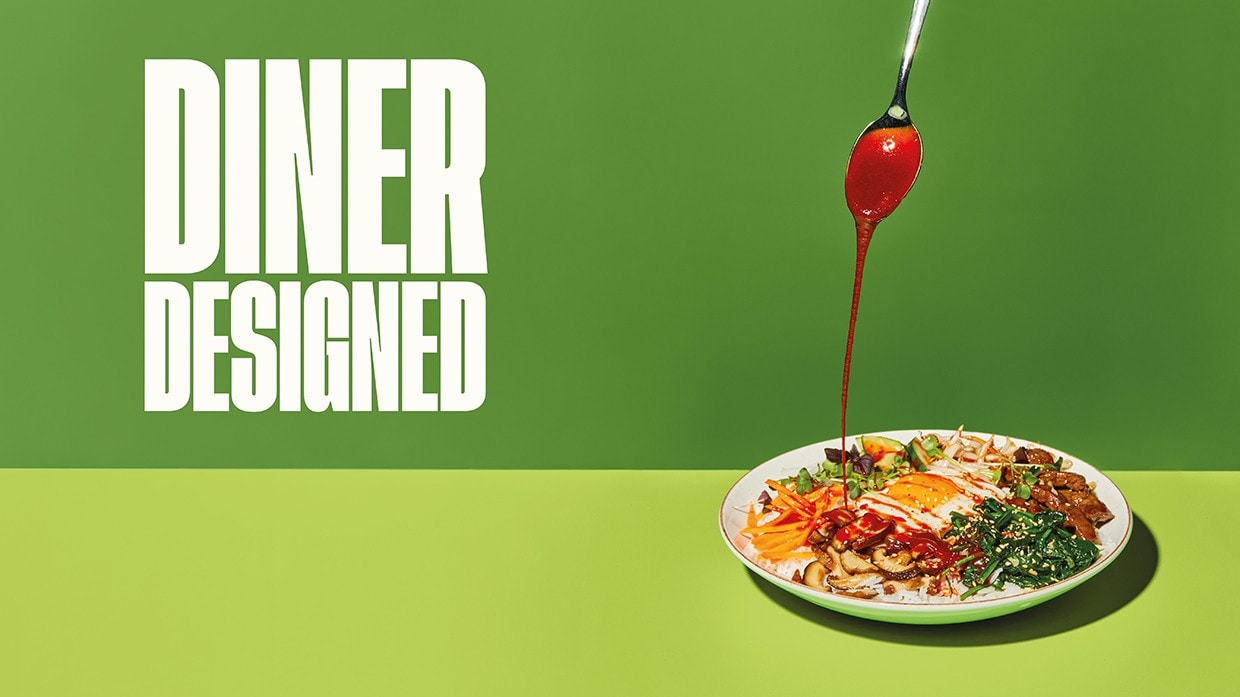
Gen Zers want curated and personalized dining experiences, prompting meals tailored to individual tastes and preferences. Rather than simply requesting substitutions when ordering, diners actively participate in shaping the meal, making it a true reflection of their identity.
2. Borderless cuisine
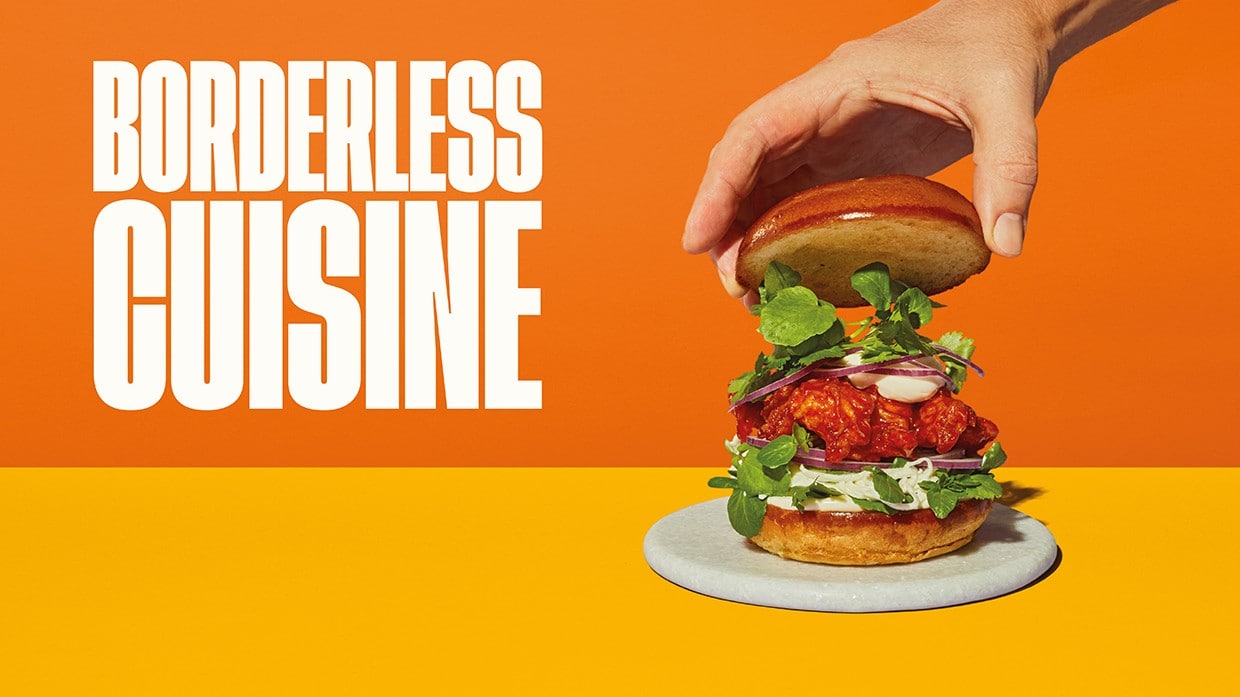
The fusion of different cultural cooking styles and flavors is on the rise, fueled by globalization and migration. This food trend honors the unique origins of various cuisines while opening the door to innovative, cross-cultural creations.
3. Street food couture
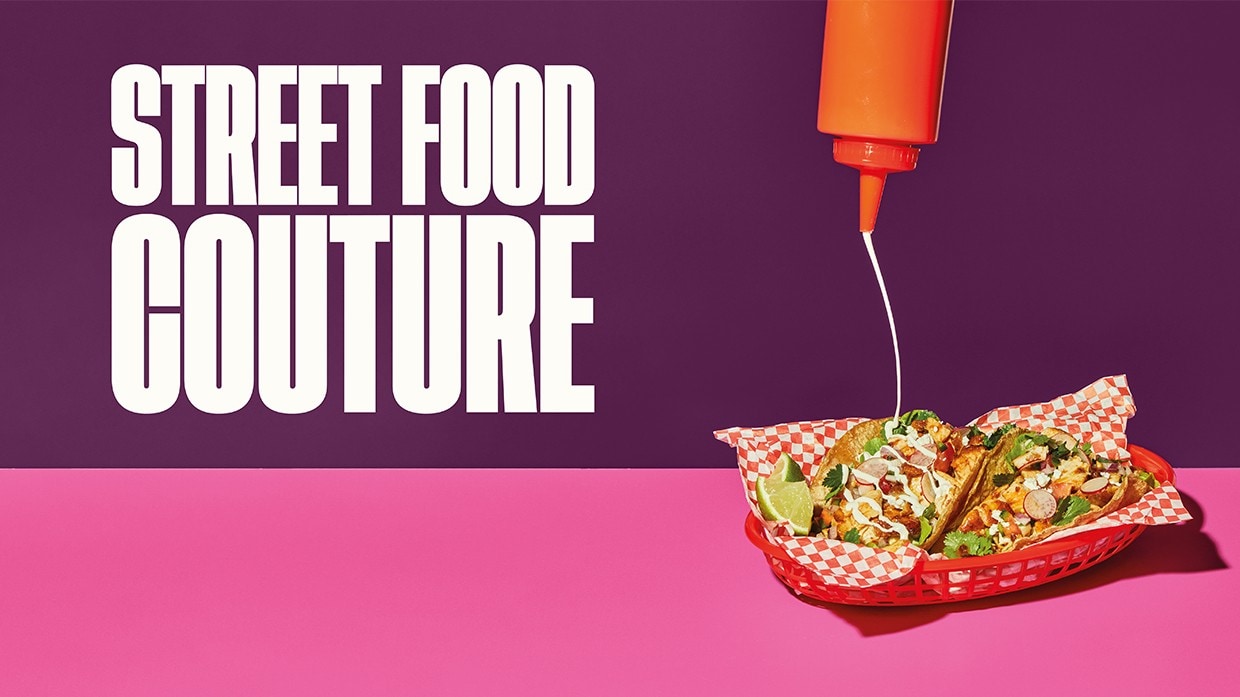
Street food is being elevated to healthier, more sophisticated options that provide accessible luxury. This trend responds to the cost-of-living crisis and Gen Z’s preference for informal yet valuable dining experiences.
4. Culinary roots

A resurgence of traditional and micro-regional recipes reflects a renewed interest in authenticity and culinary heritage. Chefs are challenged to innovate while staying true to traditional techniques and ingredients, offering diners a deeper connection to food history.
How to Prepare Your Business for 2025 Food Trends

Stay ahead in this ever-evolving, competitive landscape by following these four essential steps. Here’s how food operators can prepare for the future of dining, meet diner needs, and offer trendy food products:
- Embrace innovation: Draw inspiration from global and local street food trends, as well as social media, to keep your menu dynamic and exciting.
- Enhance experiences: Leverage technology and creativity to craft personalized, memorable dining experiences and trendy food products.
- Adapt operations: Implement flexible menu strategies and utilize AI to boost efficiency, reduce waste, and streamline internal processes. Get creative with ingredients like Knorr Chicken Powder to unlock new uses beyond the traditional.
- Champion sustainability: Prioritize local sourcing, waste reduction, and eco-friendly practices to align with consumer expectations and minimize your environmental footprint.
These 2025 food trends are relevant across all types of F&B businesses, from high-end restaurants to quick-service spots and MSMEs. Stay in tune with these shifts to maintain your competitive edge and meet the evolving needs of diners. Adapting to these trends is crucial for thriving in today’s dynamic culinary landscape. For more expert insights on navigating these changes and boosting your food business, download the Future Menus 2025 Report today.
